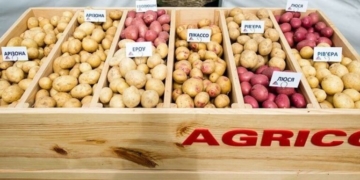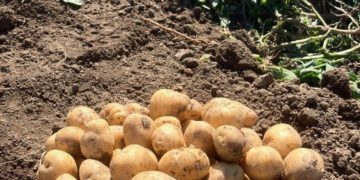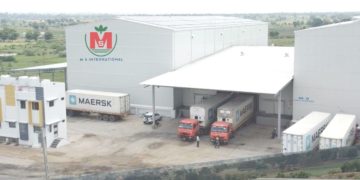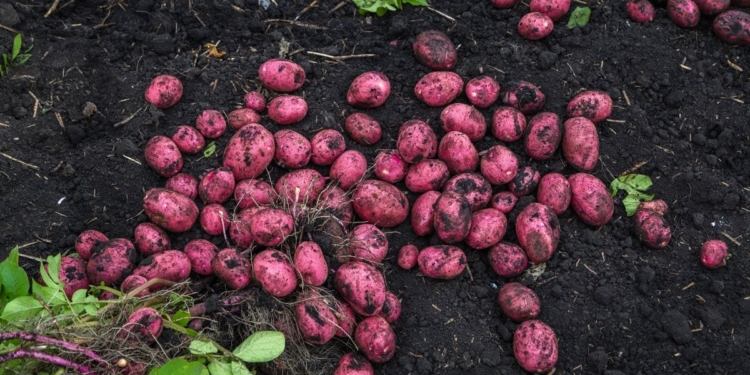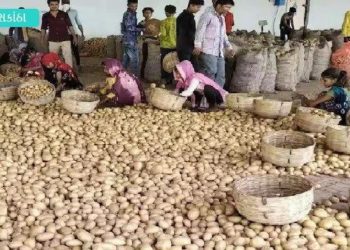The indigenous Hirpora Red Potato, renowned for its unique taste and texture, is on the brink of extinction, according to locals in the Hirpora area of south Kashmir. This prized variety, also known as ‘Katt-e-Maaz Aolu’ (Mutton Potato), has seen a sharp decline in production, with only a handful of farmers continuing to cultivate it.
Hirpora, located along the historic Mughal Road and surrounded by the Hirpora Wildlife Sanctuary, is traditionally known for its potato cultivation. However, the production of this once-staple crop has dramatically reduced due to factors such as excessive use of chemical fertilizers, disease outbreaks, and poor yields.
A decade ago, almost every household in Hirpora grew this red potato. Now, only 10 to 20 households out of the 800 in the village continue to grow it, and even then, only on a very small scale. The Hirpora Red Potato is more labor-intensive to grow than regular potatoes, requiring more effort, fertilizers, and time. Consequently, its market price is approximately three to four times higher than common potatoes, which further discourages its cultivation.

Despite the decline, locals remain hopeful, with some still continuing to grow the prized crop in small quantities. They believe the government can play a key role in its revival by procuring seeds from these farmers and distributing them to other growers after ensuring that the seeds are disease-free and properly checked.
Experts have noted that the shift in farming practices, particularly the increasing plantation of apple orchards in the region, has negatively affected the quality and quantity of the potatoes. The encroachment of apple farming has led to changes in the soil composition and microclimate, which in turn has impacted potato cultivation.
The Hirpora Red Potato has unique qualities and thrives best at altitudes above 1,600 meters. Hirpora and the nearby Sedow area are ideal for growing it. People from across Kashmir used to come to Hirpora to buy these potatoes, highlighting their popularity and demand.
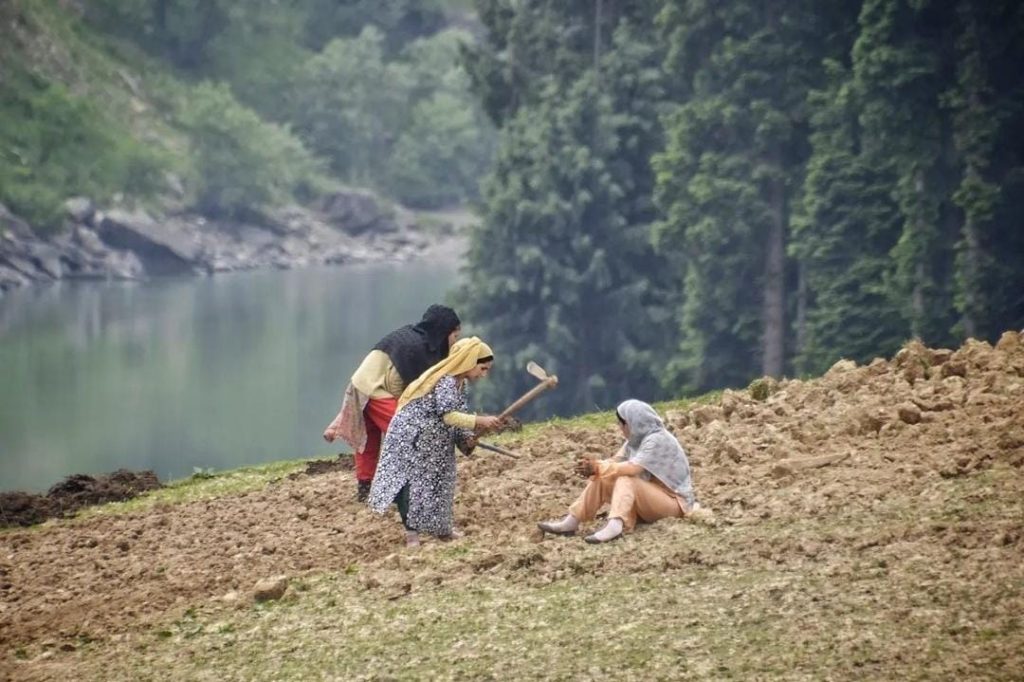
The Agriculture Department has acknowledged the decline in production and is actively working to revive this indigenous variety. Two projects for the revival of the Hirpora Red Potato have been submitted to higher authorities, including the Sher-e-Kashmir University of Agricultural Sciences and Technology (SKUAST). The department is sourcing seeds from farmers still growing the red potato, which will be tested for diseases. Experts from SKUAST will investigate the reasons behind low production and small potato size.
Additionally, the department is conducting soil tests to determine the best conditions for cultivation. Krishi Vigyan Kendra (KVK) in Balpora is separately working on a revival program. The Agriculture Department believes that this red potato has the potential to boost the local economy, given its suitability for high-altitude areas like Hirpora and Sedow.
The department is considering all factors, including the causes of low yields and potential diseases affecting the crop, as part of their revival efforts. With the cooperation of local farmers, they are confident in the success of these initiatives to save the famous Hirpora Red Potato from extinction and restore its cultivation in the region.





